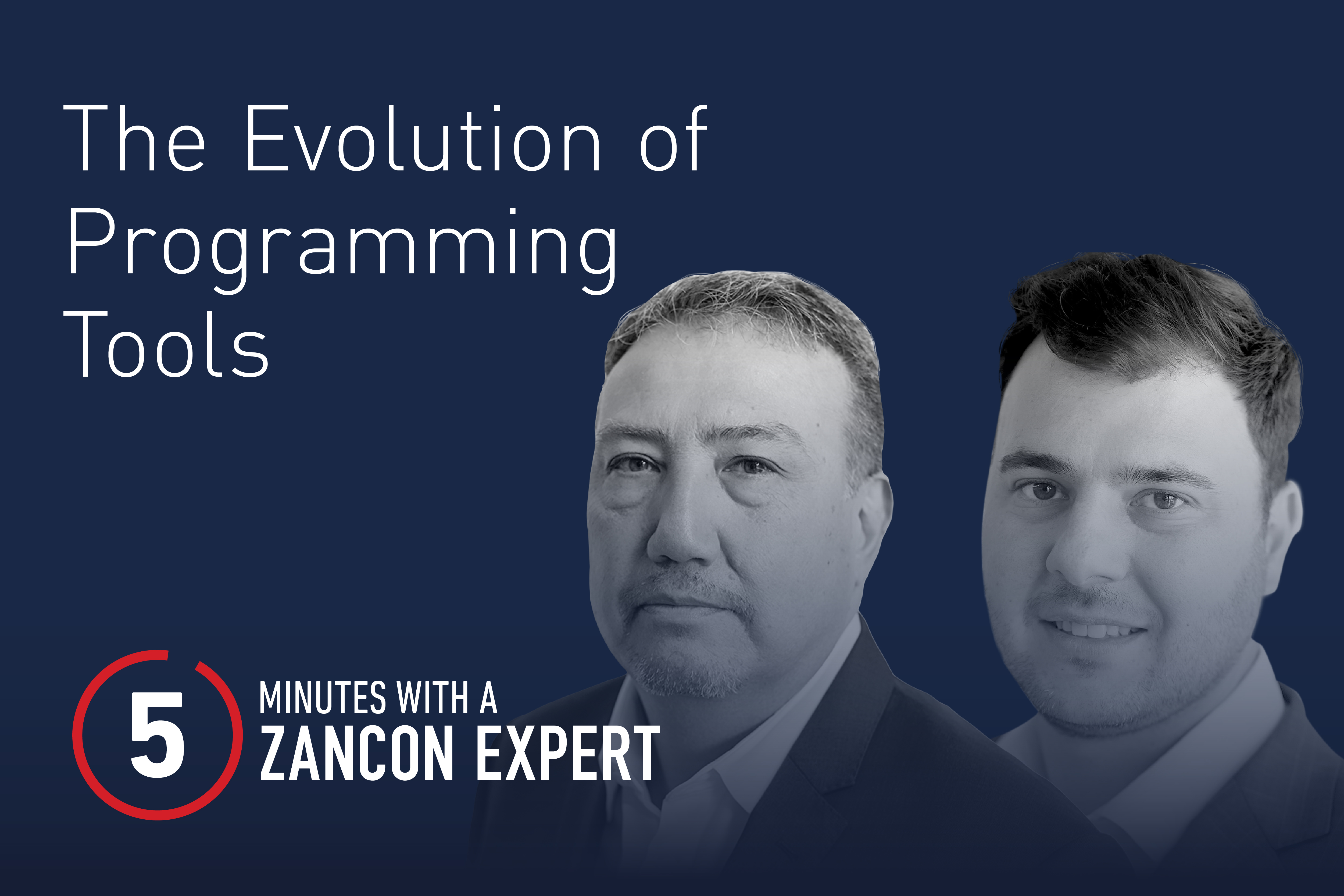The role of programming and scheduling has drastically evolved from being simply a planning tool to becoming a crucial tool when managing contracts and projects.
Zancon’s Managing Director Adam Zantis and Director Claudio Orellana explain the contractual element of programming and scheduling tools and the effect AI is having on the efficiency of these tools.
In this edition of 5 Minutes with a Zancon Expert, Adam and Claudio discuss how schedules and programmes have changed from being a resource that was rarely used to a versatile tool implemented in the overall management of a project.
Adam and Claudio share their perspectives on the different roles schedules and programmes play in a modern work environment, underpinning the importance each role has throughout a project's lifetime.
Here are the schedule's key threefold roles identified in this discussion:
- Contractual: Over both Adam and Claudio’s careers they have seen it become central within commercial obligations and managing time under contracts. It's not just a plan; it's a legal commitment.
- Management: Programming and scheduling remain critical for day-to-day on-site control and execution.
- Historical: Well-maintained programmes are beneficial for developing accurate 'as-built' information, providing valuable data for future projects for both consultants and contractors.
Programming and scheduling tools have become a paramount in the way construction projects are run. The development within the artificial intelligence space has led to data becoming more important for checking, measuring, benchmarking and validating programmes through historic data.
Their discussion concludes with the reminder that even the most detailed program still has its limits will not capture 100% of the reality of what happens day-today on site, but will still improve the efficiency of a project, big or small.
Connect with Adam and Claudio on LinkedIn.
Curious about how our construction planners support complex projects across Australia and New Zealand? Follow Zancon on LinkedIn for insights, updates and expert perspectives—or get in touch via our Contact page to start a conversation.

